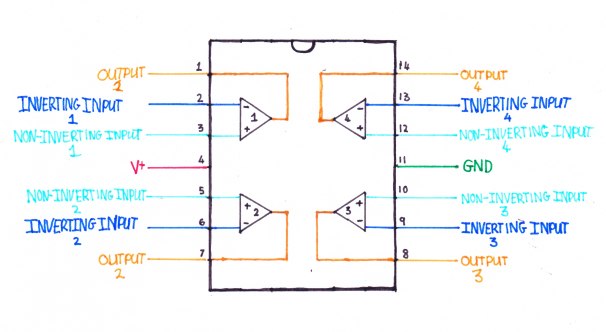Potentiometers are essentially potential dividers with one significant difference. You can variate the voltage that is being outputted. The resistance, and consequently the voltage, can be changed by adjusting the position of the knob. For reference, here’s the link to the post on potential dividers: ‘https://thelectronicsblog.wordpress.com/2015/11/11/potential-dividers’

Above is a diagram of what a potentiometer physically looks like. Rotating the knob directly changes the position of the wiper. The position that the wiper is in dictates the voltage outputted from the wiper wire.
To explain this more easily, imagine that the two resistors from the potential divider diagram have been squished together, and the insulated coating has been removed.


Assume that R1 and R2 in the diagram on the left are each 5k. They have been squished together on the diagram on the right. This forms a 10k piece of resistive material . But because the position of the Vout wire is approximately half way down, it is the same as having a 5k resistors on each side.

Now assume that the Vout wire is instead now 3/4 of the way down the resistive material. This is equivalent to having a 7.5k resistor as R1, and a 2.5k resistor as R2.
Now that the premise behind potentiometers has been explained, here’s the original physical diagram shown side by side with what the internal wiring of a potentiometer would actually look like:


Hopefully you now understand how a potentiometer works. However, if you have any questions, please don’t hesitate to ask.

